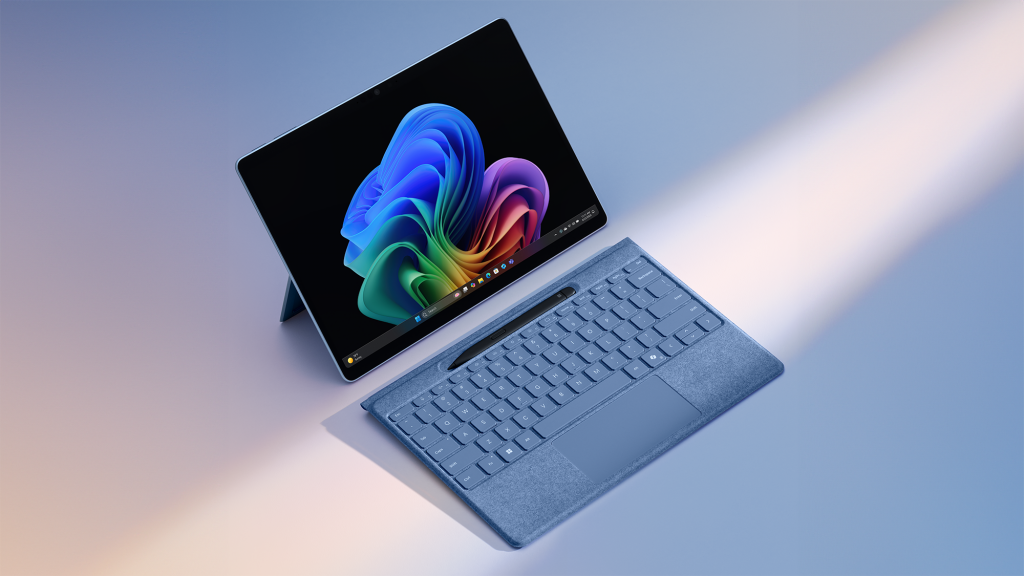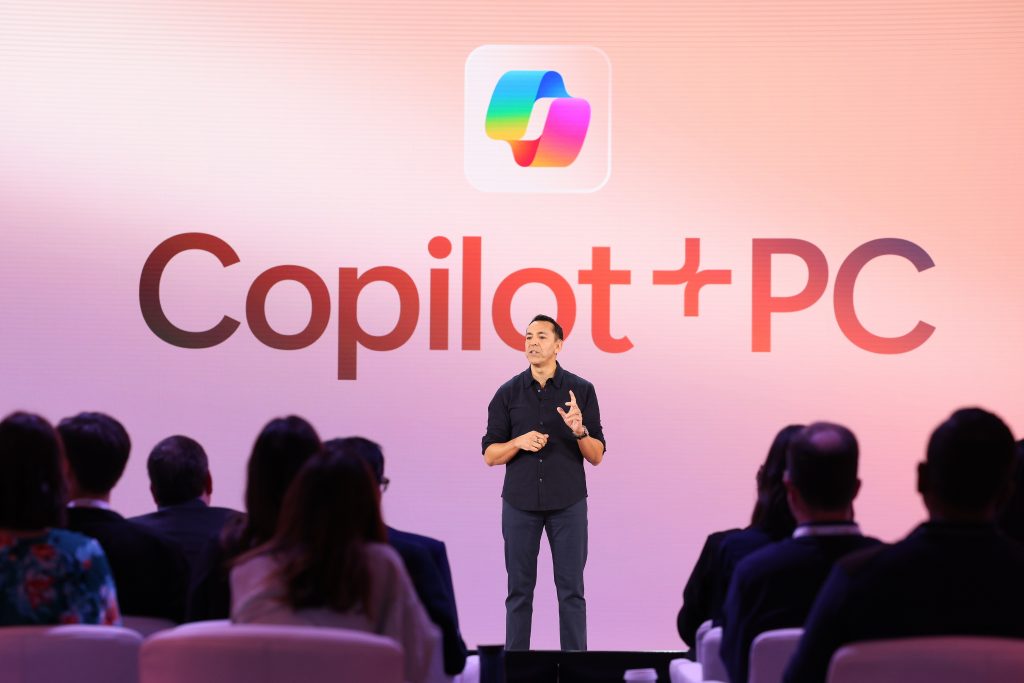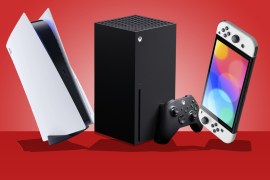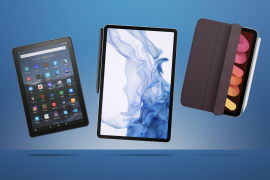What is an AI PC: the newest type of computer explained without buzzwords
The future is here...but what is it?

AI PCs are the newest type of computer. And certainly the biggest buzzword online right now. AI is well and truly everywhere, and now the best laptop brands are cramming AI features into the latest notebooks. Not only does this mean they’ve got AI-powered features, but they’ve also got specialised hardware inside to run them. It’s not really a fad with a flashy marketing name – these machines are being built around AI.
But what exactly is an AI PC? What can it do, what hardware powers them, and how can you get your hands on one? Here’s everything you need to know about the newest laptop category.
So what actually is an AI PC?

Imagine a personal computer on steroids. One that’s custom-built to tackle AI and machine learning tasks like a seasoned pro. That’s an AI PC for you. It’s engineered to give those intense number-crunching, data-analysing AI workloads a significant boost. Think of it as a beefed up version of your everyday PC. It’s geared up with the latest in hardware and software to manage everything from generating AI art with programs like Stable Diffusion to running sophisticated AI-driven applications and simulations.
These machines are lot more than just flashy features, though. At its core, an AI PC is designed with a power-packed combination of CPUs and GPUs for multitasking prowess, along with ample RAM and fast storage. But the real magic ingredient is the NPU (Neural Processing Unit), a dedicated processor meant to supercharge AI tasks.
Intel and Microsoft have teamed up to set the standard for AI PCs. They stipulate that these machines must include a CPU, GPU, and NPU. They’ve also introduced a physical Microsoft Copilot key on the keyboard, allowing users to run Copilot locally without needing an internet connection. This setup not only speeds up AI task execution but also enhances security by keeping sensitive data local.
What can you do with one?
The possibilities with an AI PC are as vast as they are exciting. For starters, you can use it to run generative AI programs like Stable Diffusion, which create stunning visuals based on your prompts. Fancy a chat with an intelligent assistant? Local language models will have you covered, providing smarter and quicker responses without needing to ping a cloud server.
For data scientists and analysts, an AI PC is a dream come true. It can offer robust performance for comprehensive data analysis, model training, and running complex simulations. Developers can train AI models more efficiently, while creative professionals can benefit from AI-driven applications for tasks like video editing, background blurring during calls, and even generating content.
But I think the most exciting part of an AI PC is what it can’t do yet. Stay with me here. These machines are being built with the most cutting edge processors for AI. They’re capable of running AI programs that we don’t have yet because they’re still being built. While you may only see a few AI apps you want to run today, this number is only going to increase.
The hardware behind AI PCs

An AI PC isn’t just any regular PC with a fancy label. The hardware is meticulously chosen to cater to the high demands of AI workloads. Let’s break it down:
- CPU (Central Processing Unit): The brain of the PC, handling general-purpose tasks and coordinating the activities of other components.
- GPU (Graphics Processing Unit): Originally designed for rendering graphics, the GPU is adept at parallel processing, making it perfect for handling the heavy lifting in AI tasks.
- NPU (Neural Processing Unit): The star of the show, designed specifically for AI workloads. While GPUs can handle AI tasks, NPUs do it more efficiently and with less power consumption.
- RAM (Random Access Memory): Ensures smooth multitasking and quick access to data.
- Storage: High-speed SSDs (Solid State Drives) provide the necessary speed for loading and saving large datasets quickly.
Intel and AMD are both major players in this space, with Intel’s Core Ultra and AMD’s Ryzen 8000G series featuring built-in NPUs. Qualcomm is another big hitter, with the new Arm-based Snapdragon X Series. These processors bring AI acceleration to the forefront, enhancing everything from video calls to multi-tasking with AI-boosted software.


